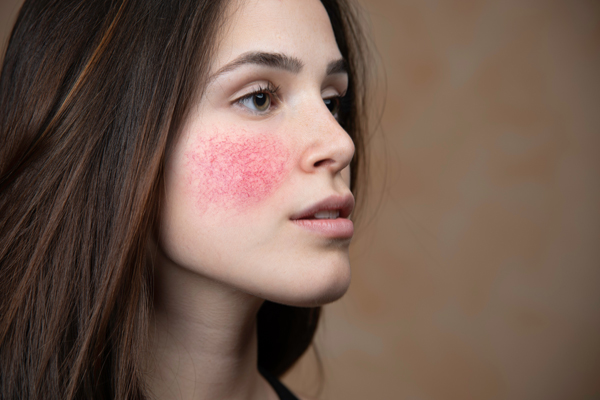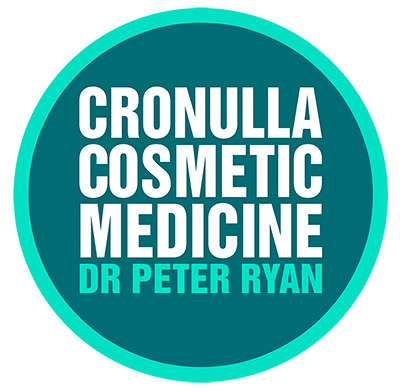Advice

TREATING REDNESS, ROSCACEA & CHERRY ANGIOMAS
WHAT CAUSES THE REDNESS?
Broken or dilated blood vessels on the face occur due to several causes. Trauma, hot showers, cold air, spicy foods, drinking alcohol, sun damage and UV radiation can all cause little blood vessels to form all around the nose and the cheeks over time.
Underlying conditions such as rosacea, which can cause repeated flushing (redness) of the face, can also cause broken or dilated blood vessels to form. Skin around the nose and cheeks may start to get a little bit redder over time, or you might notice the small little lines of blood vessels around the sides of the nose in the middle of the face.
Spider veins are extremely common and can appear anywhere on the body, but more often on the legs, ankles, face, chest, or abdomen.
Red mole-like skin growths, known as cherry angiomas are made up of small blood vessels, or capillaries. Cherry angiomas most commonly appear in adults older than 30 years.
Cherry angiomas get their name from their appearance. Their bright red colour occurs due to the dilated capillaries.
Since broken blood vessels do not heal on their own, they will remain on the surface of the skin until something is done about them. This means that you will need to receive broken blood vessels treatment.
TREATMENTS FOR REDNESS
LASER THERAPY
Laser treatments are a great way of dealing with dilated capillaries on the face. Depending on the cause and severity of the redness, vascular laser treatments, Laser Genesis Facials and Co2 Laser Resurfacing are all capable of targeting and damaging the small blood vessels using heat (also known as cauterizing). The heat causes them to become smaller and gradually fade of the course of a week or two.
The treatment is fast and ideal for improving the condition of your skin. Some patients may experience bruising or swelling, post treatment, which generally resolves within a few days. Treatment may need to be repeated.
SCLEROTHERAPY
Sclerotherapy treats spider veins on the body and involves the injection of an irritating solution, called a sclerosant, through a tiny needle into the spider vein. Irritation to the inside wall of the injected blood vessel causes them to close over and harden/become fibrous.
Over subsequent weeks and months, the body gradually absorbs the vein. Generally, 1-3 treatments are required, each treatment spaced at least 4 weeks apart.
SKIN CARE
Retinoid creams help to treat broken capillaries and can be helpful with making the veins appear less visible while improving skin health. Vitamin C helps repair broken capillaries, reduce redness, and strengthens the capillary walls to prevent future redness.
The best skin care is a good SPF.
Skin Deep and Aspect Dr™ both have a great range of professional and home skin care products available to treat redness, combining active ingredients with calming antioxidants for.
ANY QUESTIONS? WANT TO BOOK A CONSULTATION?
Whether you’re ready to get started or simply have some questions at this point, your first step is scheduling an initial consultation with us.
We are ready to help at any time, so contact us today to schedule your consultation.
Latest Post
- TREATING REDNESS, ROSCACEA & CHERRY ANGIOMAS
- MELASMA TREATMENTS
- NON-SURGICAL FACE LIFT
- LASER TERMINOLOGY, WHAT DOES THAT ACTUALLY MEAN?
- LASERS, SO WHAT DO THEY DO?
- LASER HAIR REMOVAL
- EYE AREA REJUVENATION
- DERMAPLANING + LACTIC PEEL
- FRACTIONAL CO2 LASER SKIN RESURFACING
- PEELS, SO WHAT DO THEY DO?
